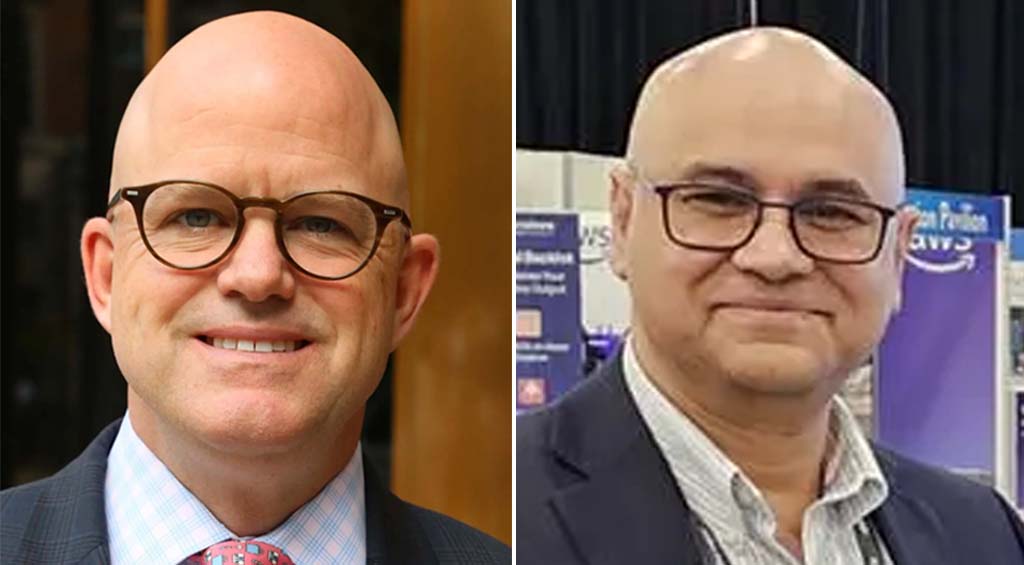RF EXPRESSThe Business of RF
There's been quite a lot of news across the RF side of the broadcasting industry lately: A major transmitter manufacturer is involved in a major merger, ENG takes off, and translators are getting a much-needed boost from digital technology. Not to mention, the now-infamous Hurricane Isabelle called on NSI when it was battering the eastern U.S.
At press time, Itelco and Elettromontaggi announced their intention to merge, forging a new business venture to be known as ELECTROSYS s.r.l.
According to Itelco USA sales and marketing manager Tom Newman, his company's products will not see much change: "All of Itelco's products will continue and they'll continue under the brand name of Itelco. Virtually all the engineering, management and production staff will remain unchanged.
"This new venture allows us to get into markets we've wanted [to get] into for a long time, so we're pleased and excited about the opportunities." While Itelco will retain its name, ELECTROSYS will be directed and controlled by key staff of Elettromontaggi, an Italian company that designs and builds telecommunications networks.
Itelco's Eugenio Fumi expects the new venture to enhance his company's positioning in the broadcasting, scientific, and military arenas while "opening new doors for our traditional line of products and future diversification in the digital communication marketplace."
At the NAB this year, Itelco announced that it had signed a major contract with the government to supply transmitters, but wasn't allowed to disclose their intended use. This move into government sales is now likely to increase.
Isabelle Moves In
Just as NSI was reporting that it was seeing healthy sales of ENG operations equipment, the remnants of Hurricane Isabelle showed up at its plant in Columbia, MD.
"We were already pressing to meet production deadlines, and then here comes Isabelle," recalled John Leahy, NSI's regional sales manager. "Still, we pressed ahead and stayed close to our schedules."
Asked how to account for the rush to buy microwave ENG equipment, Leahy responded, "It looks as if a lot of stations are replacing equipment they installed back in the 1980s. And I suppose the television sweeps period has its effect as well." Looks as though more folks want to go "live" to the scene. As a new dimension for live news, Microwave Radio Communications' (MRC) COFDM Reporter, a wireless camera-back, belt-mounted (or even robot-mounted) transmitter can bring back live pictures from enclosed and confined areas. It would be a boon to news crews shooting in precarious and rapidly developing situations.
Quick to take advantage of this potential, the Office of Emergency Management in two large cities has announced more than $1 million in contracts with MRC to upgrade their communications infrastructures under Homeland Security initiatives.
Local news has definitely been stepping up its local ENG news coverage, in many places enhanced by COFDM systems in their trucks.
Meanwhile, in some markets, news operations have been cut because of the DTV investment drag on the bottom line. For example, WOTV in Battle Creek, MI, has closed its news operation, laying off 24 staffers and leaving the "Cereal City" without a locally anchored news program.
According to GM Diane Kniowski, much of the station's financial problems resulted from the $2 million the station invested last year to upgrade to DTV transmission capability. "There was no immediate return on [the] investment, and any potential benefits are 10 years away," she said.
Can You See Me Now?
MRC is currently involved in upgrading translator systems in Utah, a state where TV viewers often depend on translators and boosters to see their news and national programming. As with all translator networks, the sticking point today is that most of the translators now in the field are not capable of passing DTV signals. It's an unseen roadblock to the DTV transition, but it's very real for viewers in many sparsely populated states.
According to MRC, its latest digital translators will solve that problem, along with improving viewer reception in multi-hop operations.
At this year's NAB, LARCAN also showed its digital translator lineup. And, it's been working closely with major translator operators as well.
As momentum grows for installing more digital translators, maybe more viewers can finally say, "Yes, I see DTV now!"
Ron Merrell is the executive editor.
The professional video industry's #1 source for news, trends and product and tech information. Sign up below.
